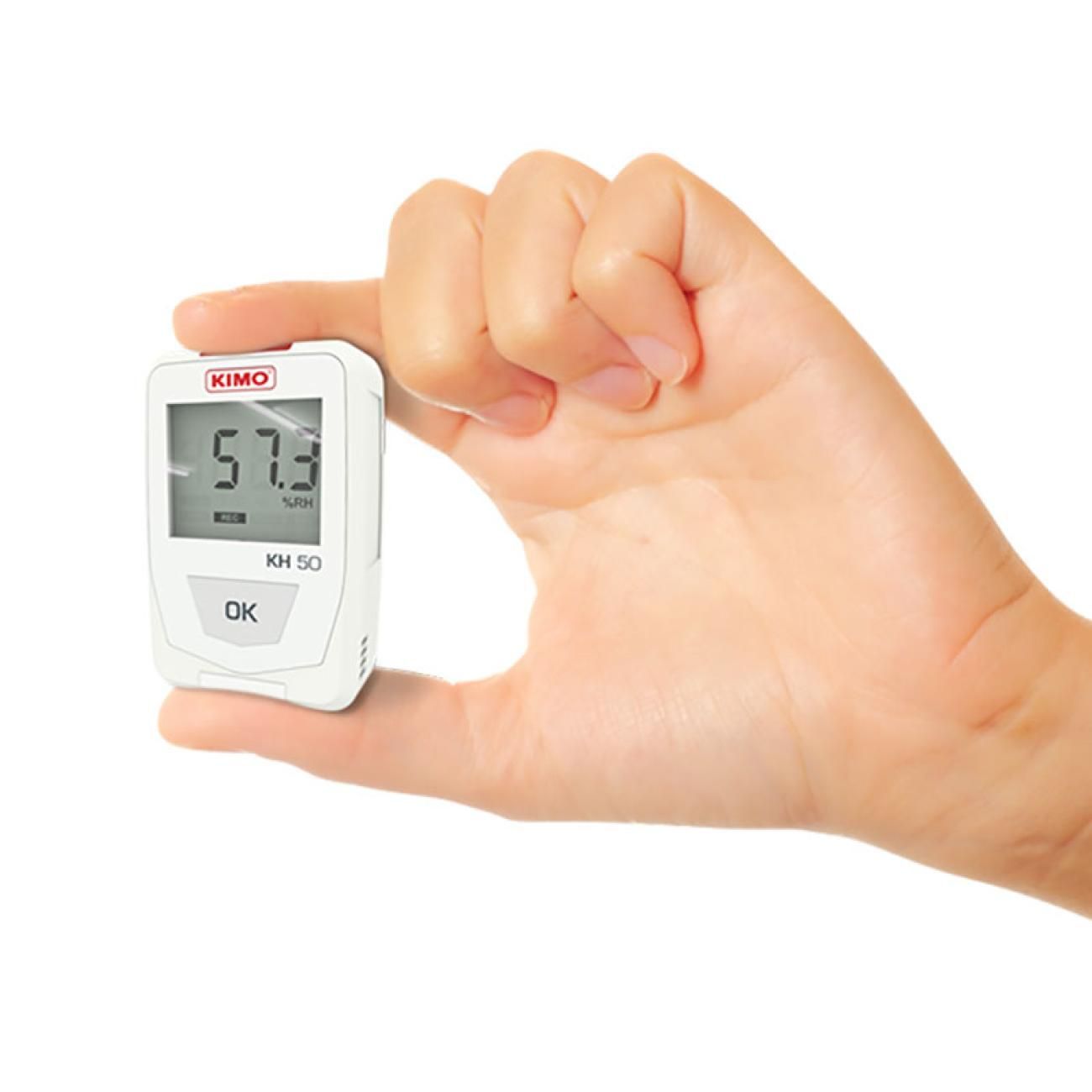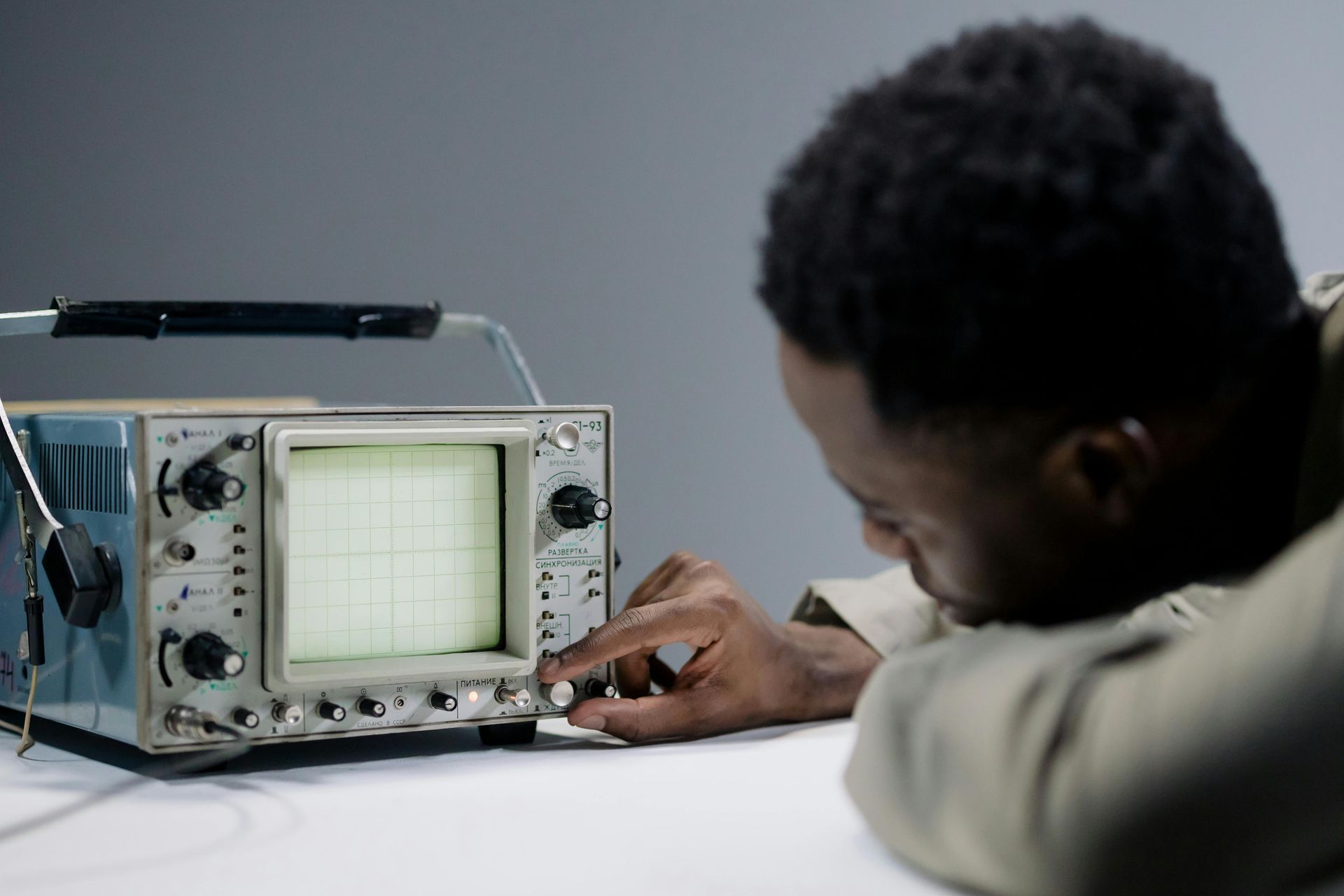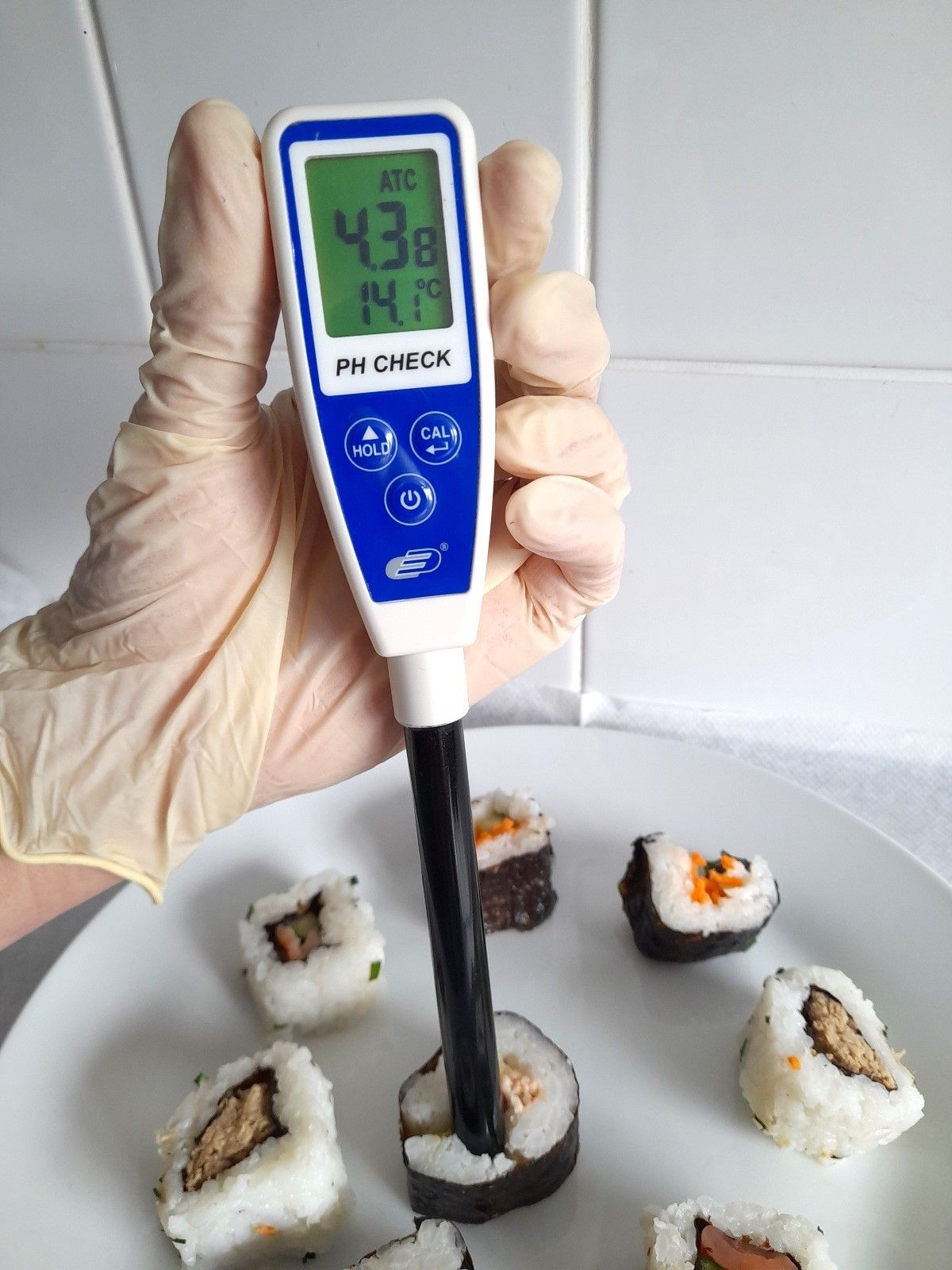2 December 2020
Non Contact Vs Contact Temperature Measurement? Which Thermometer is Right For You?
One of the most common questions we get at Techris Systems Ireland is: "Do I need a contact (probe) thermometer or a non-contact infrared (IR) thermometer?"
The answer depends on your application, accuracy requirements, and industry regulations - especially in sectors like food safety, pharmaceuticals, engineering, and environmental monitoring. In this guide, we explain the key differences between contact and non-contact thermometers to help you make an informed choice.
What are contact thermometers/temperature sensors?
Contact thermometers measure temperature by making direct physical contact with the object or substance being measured. These are commonly referred to as probe thermometers.
Types of Contact Probes:
Penetration probes – Pointed tips for internal temperature readings (e.g. cooked food)
Immersion probes – For liquids such as water, oils, or chemicals
Air probes – For measuring ambient temperature in chilled, frozen, or oven environments
Surface probes – For flat surfaces where a pointed tip would be ineffective (e.g. hot plates, metal surfaces)
Common Sensor Technologies in Contact Thermometers:
Thermocouples - Widely used due to their broad temperature range, fast response, and cost-effectiveness
Thermistors - High accuracy sensors ideal for food safety applications; Thermistor style sensors are generally used when higher accuracy is required. They have a narrower measuring range but they are regarded as one of the more precise everyday temperature sensors, offering high accuracy measurements of +/- 0.4°C or better.
PT100 sensors (RTDs) - Offer even higher precision; commonly used in laboratory and industrial reference applications
Best Used For:
Measuring core/internal temperatures (e.g. meat, liquids)
High-accuracy applications in food production, pharma, and calibration labs
Situations where regulatory compliance (e.g. HACCP) is essential
What are non contact thermometers?
Non-contact thermometers, also known as infrared (IR) thermometers or laser thermometers, measure surface temperature without physically touching the object. They work by detecting infrared radiation emitted by all objects above absolute zero, converting this energy into a temperature reading.
Benefits of Non-Contact Temperature Measurement:
- Fast readings – Instant response, ideal for quick temperature checks
- Hygienic – No direct contact, reducing cross-contamination
- Safe – Ideal for hot surfaces, moving parts, or live electrical equipment
- Accessible – Useful for hard-to-reach or hazardous areas
Limitations:
- Measures surface temperature only – Not suitable for core/internal temperature checks
- Lower accuracy compared to probe thermometers
- Affected by surface emissivity and ambient conditions
Best Used For:
- Quick surface checks in food processing, HVAC, equipment maintenance
- Situations where speed, hygiene, or safety is a priority
Which Thermometer Should You Choose?
In a practical sense, the main differences between contact and non-contact thermometers can be summarised as follows:
Accuracy: Generally probe thermometers are considerably more accurate than IR thermometers
Response Time: IR thermometers are faster responding than probe thermometers – almost instant
Measurement capability: IR thermometers will only measure surface temperature (not core) so not always suitable for some food applications.
Why Choose Techris Systems?
- With over 35 years of experience in temperature measurement and instrument calibration, we provide expert advice and support tailored to your application.
- Wide range of contact and non-contact thermometers
- Free calibration certificates traceable to National Standards
- Support for HACCP and ISO-compliant processes
- Trusted by food processors, labs, and engineers across Ireland
Need Help Choosing the Right Thermometer?
Contact us on 042-9743150 or email us sales@techrissystems.com or fill out a contact form and our team will call you back,
Explore Further:
Check out our guest blog on Bia-Biz.com: “Tips on Accurately Measuring Temperature” – Practical advice from our team.
Browse: Calibrated Food Thermometers, Ireland
Download:
Free Oven Temperature Conversion Chart












